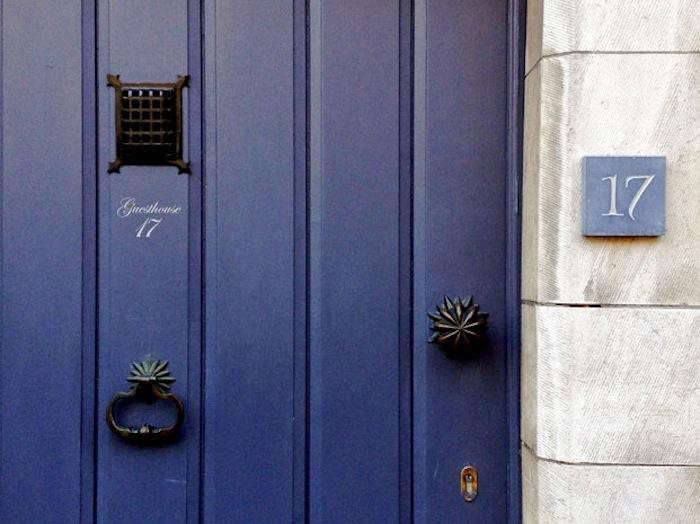Sweet Woodruff, Galium odoratum: “Woodland Galaxy”
The word “sweet” in its common name is a giveaway: Sweet woodruff is the galium to go for when looking to cover the ground with something sweet-natured. This low-growing perennial plant thrives in any soil but is not programmed to take over the earth. Instead, Galium odoratum will slowly spread its starry white flowers around sheltered, semi-shaded conditions. It is easily divided in spring or autumn if you want a more even cover.

Bearing a passing resemblance to its near-relation goosegrass or stickyweed (G. aparine), Galium odoratum is neither sticky nor a weed, but then, weeds mean different things to different people. It thrives in that difficult-to-solve, darkish part of the garden where a gently spreading, delicate-looking plant would probably be most welcome.

Sweet woodruff is undeniably pretty, with small white flowers that would complement a silver and white scheme in a town courtyard, with moisture and reasonable drainage. Too much sun will scorch the leaves, which are arranged in narrow whorls around the stems.
Cheat Sheet
- Attractive to pollinators through its small white flowers and scented foliage, sweet woodruff is a useful addition to an evergreen shade garden.
- Sweet woodruff is native to Europe, while gaining some popularity in the United States (where it is hardy in USDA zones 5 to 9). It is closely related to the wildflower lady’s bedstraw (Galium verum), which covers English grassland with yellow flowers. They are both “bedstraws” and smell of freshly cut hay when dried (and when mattresses were stuffed with straw, these names made perfect sense).
- Fortunately, this sweet-scented woodruff is not interesting to deer.

Keep It Alive
- Galium odoratum spreads through underground rhizomes but is easily stopped in its tracks or rerouted by lifting shallow clumps, then dividing and replanting them.
- Before art directing this ground cover, wait a couple years so that it can settle in and gather strength.
- In a “woodland” situation, the ground will ideally be damp. In dry shade, water in sweet woodruff during its first year and allow it to slowly adjust. Its presence will help combat evaporation from the soil.
Ground covers are a gardener’s secret weapon. See more ideas in Ground Covers to Plant Between Pavers and more tips in Sweet Woodruff: A Field Guide. And explore more of our curated guides to Ground Covers 101, for design and planting tips for shade lovers like Coral Bells, succulents including Echeverias and Stonecrops, and creepers such as Thyme.


























































































































































































